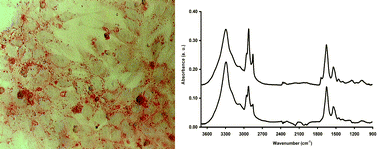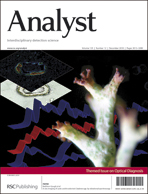*
Corresponding authors
a
Institute for Science and Technology in Medicine, Guy Hilton Research Centre, Keele University, Stoke on Trent, UK
b
SOLEIL Synchrotron, BP48, L'Orme des Merisiers, Gif sur Yvette, France
c
Department of Histopathology, Central Pathology Laboratory, University Hospital of North Staffordshire, Stoke on Trent, UK
d
MéDIAN, CNRS UMR6237-MEDyC, Université de Reims Champagne-Ardenne, UFR de Pharmacie, Reims cedex, France
e
School of Computing and Mathematics, Keele University, Keele, UK
f
Cancer Centre, University Hospital of North Staffordshire, Stoke on Trent, Staffordshire, UK


 Please wait while we load your content...
Please wait while we load your content...